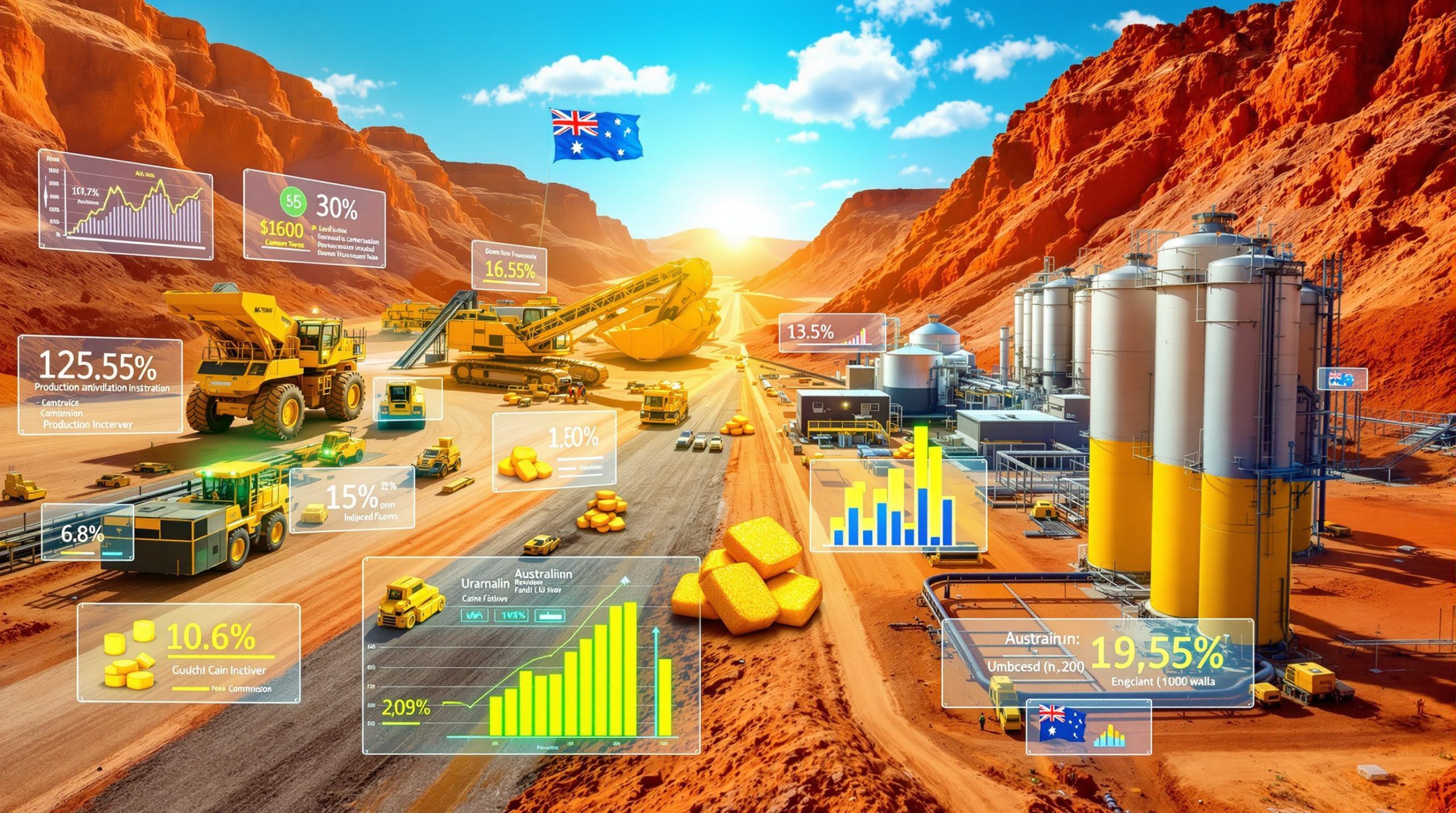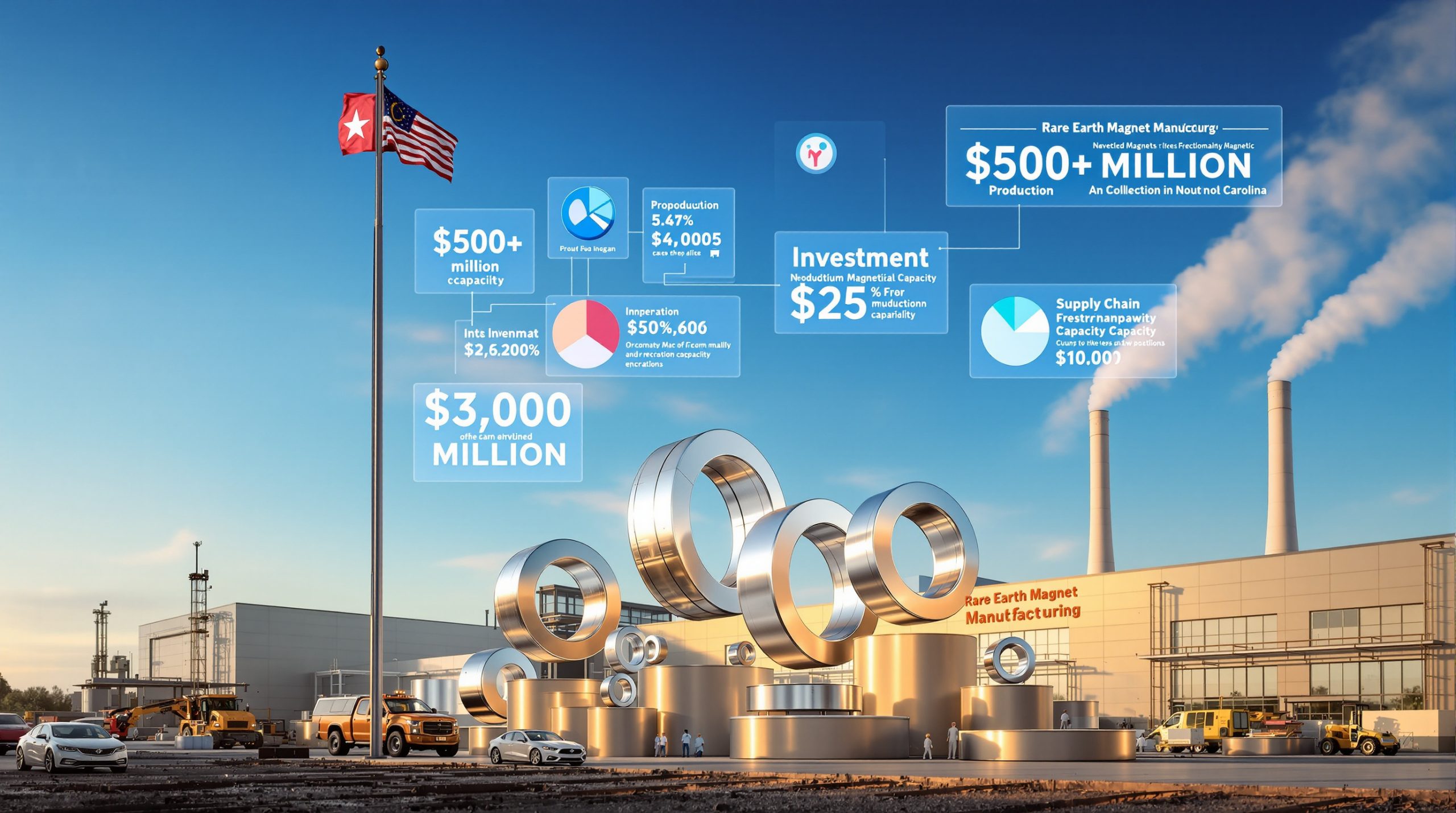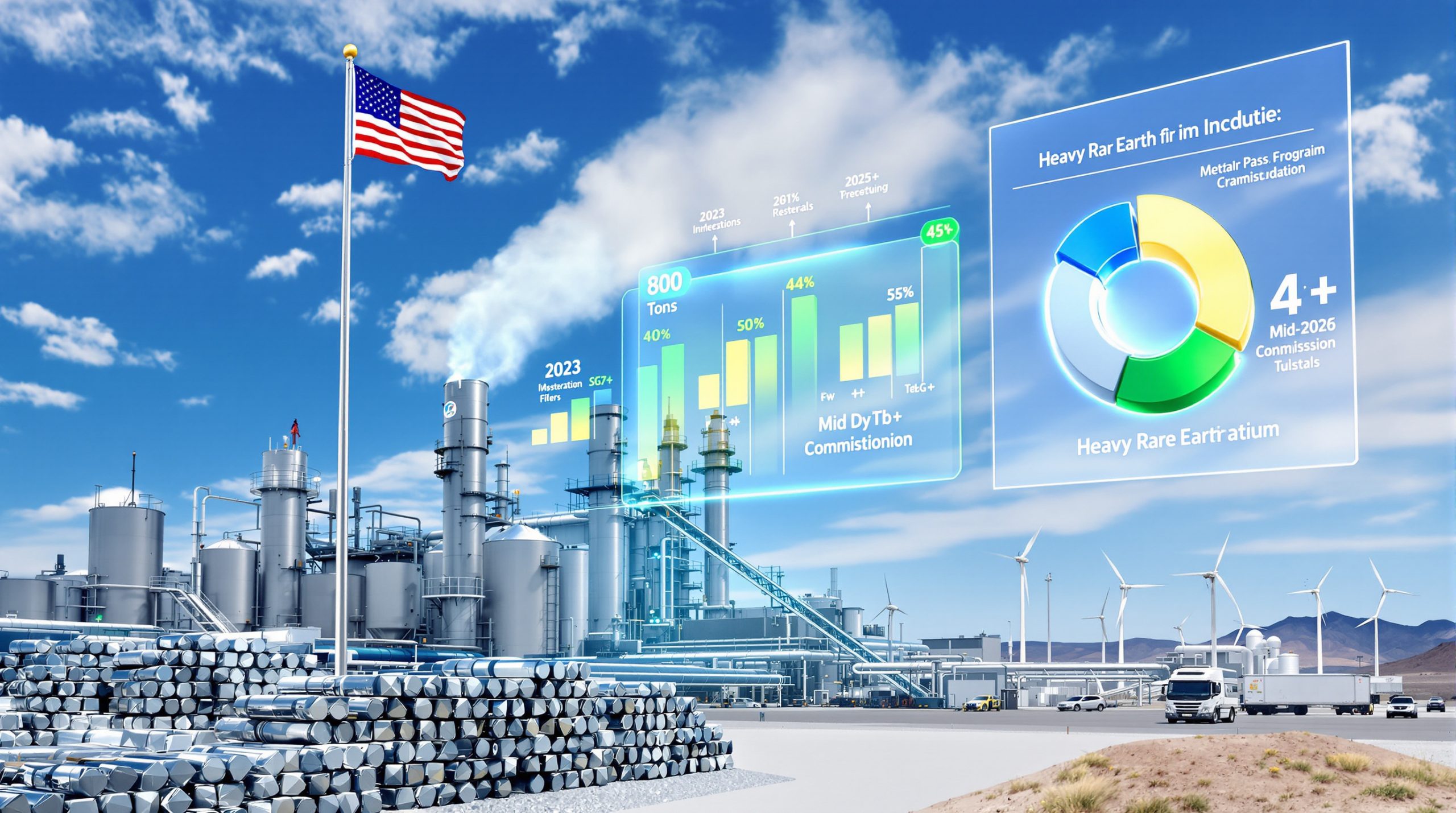Understanding the Current Lithium Market Crisis
The lithium market has experienced a dramatic downturn since 2023, with prices plummeting across all major lithium products. Lithium carbonate, once trading at US$32,694 per tonne in 2023, has crashed to just US$9,147 per tonne in 2025—a staggering 72% decline. Lithium hydroxide has suffered a similar fate, falling from US$32,452 per tonne to US$8,560 per tonne. Perhaps most concerning is the collapse in spodumene concentrate (6%) prices, which have plunged from US$3,712 per tonne to a mere US$815 per tonne, representing a catastrophic 78% drop.
This price collapse has devastated ASX-listed lithium stocks. Core Lithium (ASX: CXO) shares have plummeted over 60% in 12 months, while IGO Ltd (ASX: IGO) has shed approximately 50% of its value. Liontown Resources (ASX: LTR) shares have declined by more than 50%, Mineral Resources (ASX: MIN) has crashed 67%, and Pilbara Minerals (ASX: PLS) has dropped 54%. The market capitalization losses across the sector exceed $15 billion, highlighting the severity of the downturn.
The primary driver behind this price collapse is significant oversupply in global markets. China's production dynamics has fundamentally disrupted traditional supply chains by introducing lower-cost production methods. These operations can produce lithium carbonate at US$8,000–US$10,000 per tonne, undercutting Australian spodumene producers who operate at costs between US$12,000–US$15,000 per tonne. This cost advantage has enabled Chinese producers to flood the market while remaining profitable at current price levels.
Compounding the oversupply issue is softer-than-expected demand for electric vehicles. While EV sales continue to grow, the pace has slowed significantly to 18% in 2024, down from 35% in 2023. This deceleration reflects consumer hesitation amid economic uncertainties and a preference for more affordable hybrid vehicles. Battery demand grew just 15% year-over-year in 2024, well below the projected 25%, creating a substantial imbalance in the lithium market.
The crisis has forced several miners to shut operations to conserve cash. Core Lithium halted production at its Finniss project in 2024 as prices fell below its production costs, while other producers have delayed expansion plans and focused on cost-cutting measures. Meanwhile, China's lithium carbonate output surged to 450,000 tonnes in 2024, up from 300,000 tonnes in 2023, exacerbating the oversupply situation and placing additional pressure on global prices.
What Do Analysts Predict for Lithium Prices?
Goldman Sachs forecasts a gradual recovery in lithium prices over the coming years, though prices are expected to remain well below their 2023 peaks. For lithium carbonate in China, the bank projects prices to reach US$11,000 per tonne by 2025 (20.3% above current spot prices), rising to US$13,250 per tonne in 2026, US$15,646 per tonne in 2027, and US$17,077 per tonne by 2028. This represents an 86.7% increase from current levels, but still falls significantly short of the 2023 high of US$32,694 per tonne.
Lithium hydroxide is expected to show stronger recovery potential, with Goldman Sachs forecasting prices of US$12,500 per tonne in 2025 (46.0% above current spot prices), increasing to US$14,275 per tonne in 2026, US$16,146 per tonne in 2027, and reaching US$17,327 per tonne by 2028. This 102.4% increase from current levels reflects the growing preference for lithium hydroxide in high-nickel battery chemistries, which are favored for their higher energy density in premium EV models.
Spodumene concentrate (6%) prices are projected to remain under pressure in the near term, with Goldman Sachs forecasting US$800 per tonne in 2025 (slightly below current spot prices of US$815). However, the bank expects a gradual recovery to US$969 per tonne in 2026, US$1,155 per tonne in 2027, and US$1,264 per tonne by 2028. This modest 55.1% increase over four years highlights the challenges facing hard-rock miners, particularly in Australia.
These forecasts are predicated on EV penetration reaching 35% by 2030, down from earlier projections of 40%. Goldman Sachs analysts emphasize a "gradual rebalancing post-2026 as high-cost producers exit" but warn that "prices will remain 50% below 2023 peaks" even in their long-term outlook. This tempered recovery reflects ongoing structural changes in the market, including the entrenchment of Chinese lepidolite producers and the diversification of battery chemistries.
The technical distinction between lithium products is becoming increasingly important for investors. Lithium hydroxide is experiencing a faster recovery trajectory (forecast to double in price by 2028) due to its essential role in high-nickel cathode batteries, which deliver superior range for premium EVs. Meanwhile, lithium carbonate is facing greater competition from alternative technologies like LFP (lithium iron phosphate) batteries, which require less lithium per kWh.
Why Won't Lithium Prices Return to 2023 Highs?
The lithium price forecast through to 2028 is unlikely to show a return to the extraordinary price levels seen in 2023 due to fundamental shifts in supply-demand dynamics. Global lithium supply is projected to maintain a surplus of approximately 150,000 tonnes LCE (lithium carbonate equivalent) in 2025, with new production capacity continuing to come online despite price weakness. Major producers in South America, including SQM and Albemarle, have expanded their brine operations in 2024, reducing costs to approximately US$5,000 per tonne and enabling profitable production even at current prices.
Chinese production methods have become significantly more cost-efficient, with technological improvements in lepidolite processing reducing both capital and operating expenses. This has created a new price floor in the market that is substantially lower than the marginal cost of hard-rock miners in Australia. As Mineral Resources CEO Chris Ellison noted, "The market won't stabilize until 2027–2028 when surplus inventories clear," suggesting several years of challenging conditions ahead for higher-cost producers.
The electric vehicle market presents another headwind for lithium prices. EV adoption rates continue to grow but at a slower pace than initially forecasted, with sales growth declining to 18% in 2024 from 35% in 2023. China's subsidy cuts in 2025 further reduced EV sales growth by 5% year-over-year, while economic uncertainties in Europe and North America have dampened consumer enthusiasm for premium electric vehicles. Battery manufacturers have responded by implementing aggressive cost-cutting measures, placing additional pressure on raw material suppliers.
Technological innovations are steadily reducing lithium intensity per battery. Tesla's shift to LFP batteries in 2025 reduced lithium demand per vehicle by 20%, while advancements in battery chemistry and design have improved energy density while using less lithium. Perhaps most significant is the emergence of sodium-ion batteries, which reached 10 GWh of production capacity in 2024. These batteries reduce lithium demand by 30% in entry-level EVs, creating a new competitive dynamic in the market for affordable electric transportation.
Geopolitical and economic considerations are further complicating the price outlook. Government subsidies and incentives for EV adoption vary significantly across regions, creating unpredictable demand curves. The European Union's critical minerals stockpiling initiative added 20,000 tonnes to lithium reserves in 2025, temporarily boosting demand but potentially creating future overhang. Meanwhile, supply chain diversification efforts by battery manufacturers have led to more fragmented purchasing patterns, reducing the impact of spot market dynamics on long-term contract prices.
What Does This Mean for ASX Lithium Producers?
ASX-listed lithium producers face continued pressure on profit margins through 2025, with Pilbara Minerals reporting cash costs of US$11,200 per tonne in 2025, well above spodumene spot prices. This cost-price squeeze is forcing companies to prioritize cash conservation and operational efficiency over growth. As Liontown Resources CEO Tony Ottaviano stated, "We're prioritizing debt reduction over expansion until prices recover," reflecting the defensive posture adopted by many in the sector.
The financial resilience of lithium producers has become a critical differentiator. IGO Ltd's substantial cash reserves of A$1.2 billion (2025) provide a three-year runway at current prices, allowing the company to weather the downturn without distressed asset sales. In contrast, companies with weaker balance sheets may be forced to seek capital injections or strategic partnerships under unfavorable terms. This financial pressure has already triggered consolidation, with Allkem merging with Livent in 2024 to cut costs by US$200 million annually.
Diversification has emerged as a key survival strategy. Mineral Resources' portfolio spanning iron ore, lithium, and mining services has offset approximately 40% of its lithium-related losses, demonstrating the value of revenue stream diversification. Similarly, companies with downstream processing capabilities or integrated supply chains have demonstrated greater resilience. Galaxy Resources' strategic divestment of its Mt Cattlin mine in 2025 represents another approach to reducing exposure to volatile spodumene prices while preserving capital for future opportunities.
The medium-term outlook suggests gradual price improvement from 2026 onward, but the recovery will be uneven across the sector. Higher-cost producers, particularly those without secured offtake agreements, may struggle until 2027 when prices are projected to rise more substantially. Offtake agreements have become increasingly valuable, with Pilbara Minerals securing arrangements with LG Energy and Ford that cover 70% of its 2026 production, providing crucial revenue visibility during the market transition.
Operational efficiency and production costs have become critical differentiators in this challenging environment. Companies able to position themselves in the lower quartile of the cost curve (below US$10,000 per tonne) are better placed to generate margins post-2026 when prices begin their more substantial recovery. This has driven significant innovation in processing technology, with several Australian producers implementing new approaches to reduce energy consumption and improve lithium recovery rates.
How Should Investors Approach Lithium Stocks?
Investors considering lithium stocks should evaluate several key metrics before committing capital to the sector. Production costs relative to projected price points are perhaps the most crucial factor, with companies producing below US$10,000 per tonne likely to generate positive margins even in the current challenging environment. Balance sheet strength and cash reserves are equally important, as they determine a company's ability to survive the extended downturn without diluting existing shareholders.
Project development timelines should be carefully assessed against price recovery forecasts. Companies with major expansions scheduled for 2026-2027 may benefit from improved market conditions, while those bringing new capacity online in 2025 could face immediate margin pressure. Diversification across battery minerals or other commodities provides important downside protection, as demonstrated by Mineral Resources' resilience compared to pure-play lithium miners.
Goldman Sachs advises investors to "focus on producers with integrated supply chains," highlighting the value of vertical integration in capturing margin throughout the value chain. Discounted cash flow (DCF) valuations suggest Pilbara Minerals' fair value is approximately A$4.50 per share (versus a current price of A$3.20), indicating potential upside for patient investors willing to look past near-term volatility. However, lithium ETF inflows dropped 30% in 2024 as institutional investors shifted to copper and other battery metals boom, reflecting reduced enthusiasm for the sector.
Risk management strategies should include portfolio diversification across the battery materials supply chain rather than concentrated exposure to lithium. Warren Buffett's Berkshire Hathaway exited its position in Chinese EV maker BYD in 2025, signaling caution on EV growth prospects. This suggests investors should consider staggered entry points rather than single large positions, allowing for cost averaging through potential continued volatility.
The technical aspects of lithium investment have become increasingly complex. The distinction between lithium carbonate, hydroxide, and spodumene markets is growing, with each product following different price trajectories based on end-market dynamics. Companies with exposure to lithium hydroxide are positioned for stronger percentage recovery from current levels, as this product is forecast to potentially double in price by 2028 according to recent market analyses.
Frequently Asked Questions About the Lithium Market Outlook
Will lithium prices ever return to their 2023 highs?
Analysts at Goldman Sachs do not forecast lithium prices returning to 2023 levels through 2028. Their long-term price targets for lithium carbonate and hydroxide remain approximately 50% below the 2023 peaks, reflecting structural changes in the market including increased supply from low-cost producers and technological innovations reducing lithium intensity in batteries.
Which lithium product will recover fastest?
According to forecasts, lithium hydroxide is expected to show the strongest percentage recovery from current levels, potentially doubling in price by 2028 (102.4% increase from current levels). This outpaces lithium carbonate (86.7% increase) and spodumene concentrate (55.1% increase). The stronger performance of lithium hydroxide reflects its importance in high-nickel battery chemistries used in premium electric vehicles.
What factors could accelerate lithium price recovery?
Several factors could accelerate price recovery beyond current forecasts. Faster-than-expected EV adoption rates, particularly in emerging markets, would boost demand significantly. Major supply disruptions, such as regulatory changes in key producing regions or operational difficulties at major mines, could rapidly tighten the market. Additionally, technological breakthroughs requiring more lithium per battery, though currently unlikely, would fundamentally alter demand projections.
How are Australian producers positioned compared to global competitors?
Australian hard-rock lithium producers generally have higher production costs than South American brine operations, with typical costs of US$12,000-15,000 per tonne compared to US$5,000-8,000 for brine producers. However, Australia's lithium ambitions benefit from higher product purity and established supply chains to Asian markets. The cost disadvantage has become more pronounced with the rise of Chinese lepidolite production, which operates at US$8,000-10,000 per tonne and has captured significant market share.
Should investors consider lithium stocks at current levels?
Investors with longer time horizons might find value in select lithium stocks, particularly those with strong balance sheets and lower production costs. Companies with costs below US$10,000 per tonne are better positioned to generate positive margins as prices gradually recover from 2026 onward. However, investors should be prepared for continued volatility through 2025 as the market works through excess inventory and adjusts to new supply-demand dynamics. For those interested in the sector, a comprehensive mining stocks guide can provide valuable insights for navigating lithium volatility in the coming years.
Looking for the Next Major Mining Opportunity Amid Lithium's Downturn?
Stay ahead of the market by receiving real-time alerts on significant ASX mineral discoveries with Discovery Alert's proprietary Discovery IQ model, which turns complex mining data into actionable investment insights. Explore why historic discoveries can generate substantial returns by visiting the Discovery Alert's discoveries page and position yourself for success beyond the current lithium crisis.




